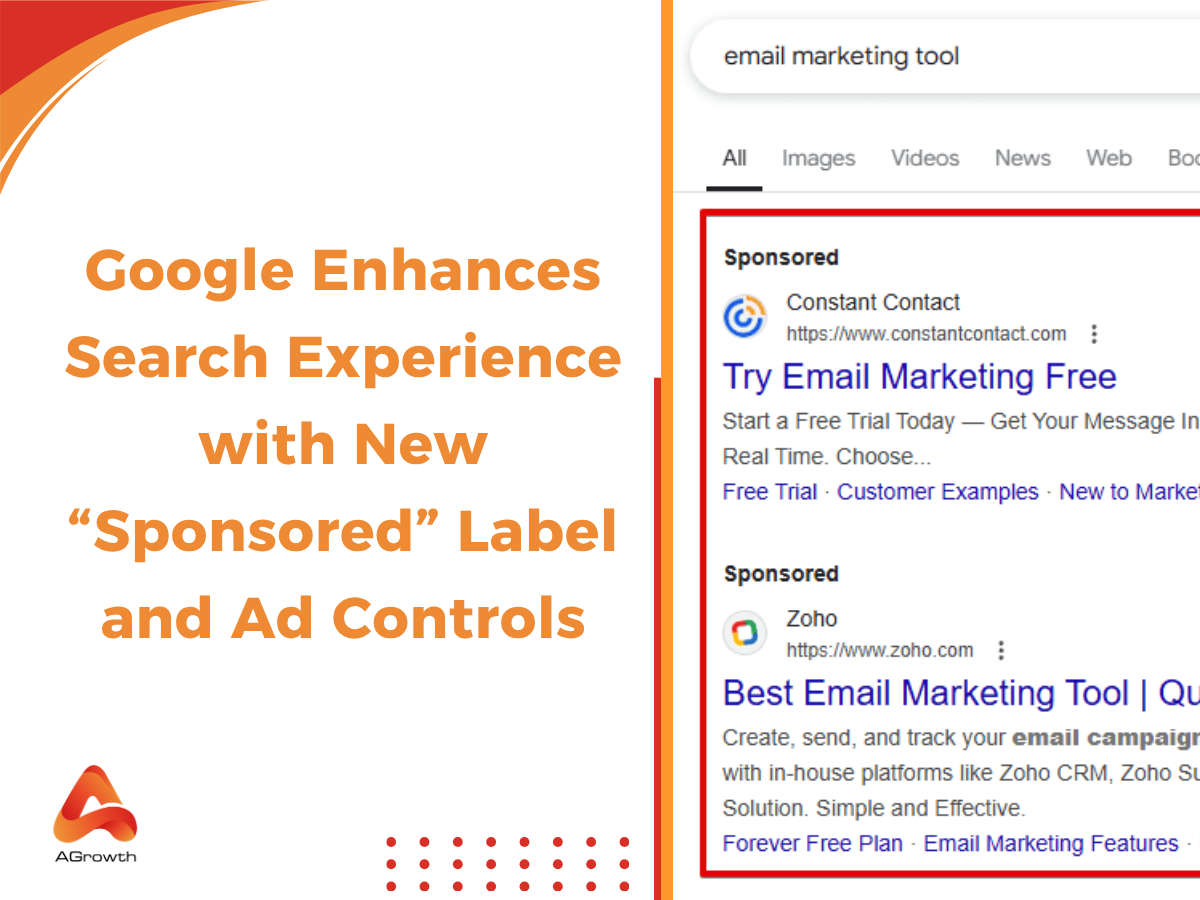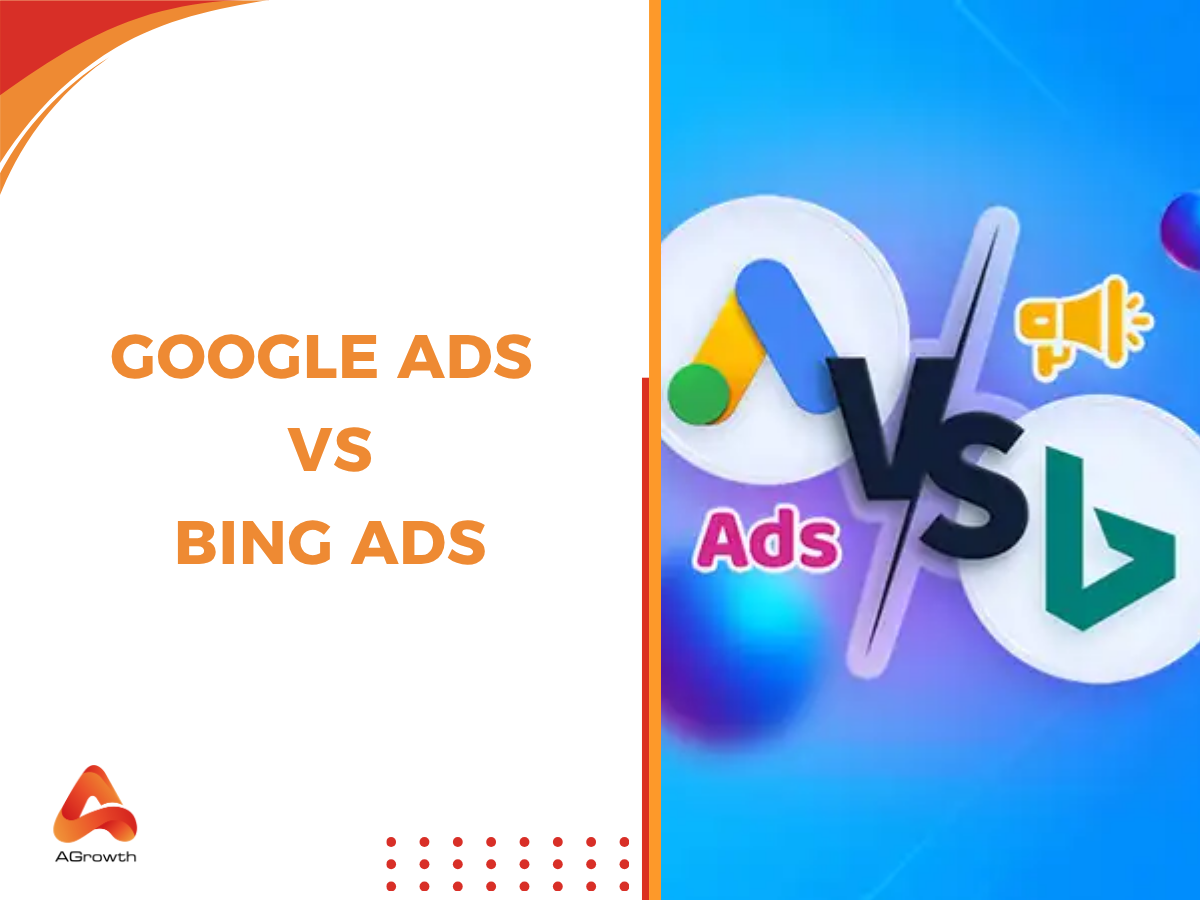
Table of Contents
Mastering Google Ads Editorial Guidelines To Stay Compliant
Running ads on Google isn’t just about setting the right bids or targeting the correct keywords. Every single ad must comply with Google Ads editorial guidelines, which define how ad text, assets, and visuals should be presented. These rules are not arbitrary; they ensure consistency, professionalism, and a positive user experience across all ad formats.
For advertisers, editorial compliance is just as critical as following broader Google Ads policies. Even if your product or service is fully allowed under Google’s rules, sloppy ad text, misleading punctuation, or poor-quality images can still result in disapproved ads. And a disapproved ad is essentially wasted budget and effort.
In this article, we’ll dive into the details of Google Ads editorial guidelines, break down the most common mistakes advertisers make, and show you how to fix disapprovals while staying compliant.
What Are Google Ads Editorial Guidelines
At their core, Google Ads editorial guidelines are a set of rules that govern how ads should be written, formatted, and presented across Google’s advertising network. Unlike broader Google Ads policies that determine what you can or cannot promote (such as prohibited products or Google ad restricted content), editorial guidelines focus specifically on how your ad looks and reads.
These standards include requirements around grammar, spelling, punctuation, capitalization, image and video quality, and correct use of features like sitelinks or display URLs.
By enforcing editorial rules, Google ensures that:
-
Ads maintain a professional appearance across all formats.
-
Users can quickly understand what’s being advertised without confusion.
-
Advertisers compete on value and relevance, not on gimmicky formatting tricks.
Details of Google Ads Editorial Guidelines
Before we get into specifics, it’s important to recognize that editorial guidelines are designed to prevent advertisers from manipulating users or delivering a poor browsing experience. These rules apply globally and across all ad formats.
Let’s look at the key components of Google Ads editorial requirements.
Business name requirements
Google requires advertisers to use their actual business or brand name consistently across ads. Adding promotional phrases, taglines, or excessive keywords into the “business name” field is strictly prohibited.
For example, you cannot set your business name as “Best Cheap Shoes Online – Free Delivery”. Instead, you must simply use “ABC Shoes”.
This ensures ads don’t mislead users and that branding remains authentic. As Google’s policy explains, the business name should accurately represent your business entity without unnecessary embellishments.
If your ad is disapproved due to business name misuse, you’ll see an error like “Inaccurate Business Information”. To resolve it, simply update the field with your registered name.

Capitalization
Excessive or inconsistent capitalization is another common reason ads get disapproved. Google restricts advertisers from using all-caps words unless they’re legitimate acronyms or brand names.
For instance:
-
❌ BUY NOW! LIMITED OFFER!!!
-
✅ Buy now – limited offer
Advertisers must also avoid random capitalization for emphasis (e.g., FrEe ShIpPiNg). According to Google’s editorial policy, capitalization should be natural, professional, and grammatically correct.
Image quality
For ads that include images, whether in display, shopping, or responsive formats, Google enforces strict quality standards. Images must be clear, high-resolution, and free from distortion.
Blurry pictures, watermarks, illegible text overlays, or excessive filters can trigger disapproval. This ensures users see only professional-quality visuals, which not only enhances trust but also protects the overall ad ecosystem from spammy content.
When using product images, make sure they represent the actual item without misleading edits. For example, you cannot enhance a jewelry photo with unrealistic sparkle effects or add a fake “before-and-after” filter.
Misuse of ad features
Google provides multiple ad features—such as sitelinks, callouts, structured snippets—but these must be used appropriately. Misusing them to cram promotional text, irrelevant content, or keyword stuffing violates editorial guidelines.
For example:
-
❌ Using sitelinks like “Best Price Now!!!” instead of an actual link to a relevant landing page.
-
✅ Correct use: “Contact Us,” “Product Catalog,” “Customer Reviews.”
Similarly, inserting phone numbers into ad headlines (instead of using the proper call extension) is a violation.
Punctuation and symbols
Unnecessary or exaggerated punctuation is not allowed. Multiple exclamation marks (!!!), repeated question marks (???), or misleading symbols like ♥, ★, or ☞ are against editorial standards.
Examples:
-
❌ Buy Now!!! Limited Time Offer ♥
-
✅ Buy now. Limited-time offer.
Google wants ads to be clear, concise, and professional, avoiding tactics that resemble spam or clickbait.

Grammar and spelling
Ads must use proper spelling, grammar, and spacing. Intentional misspellings, “leet speak” (e.g., Fr33 OfF3r), or excessive abbreviations are prohibited unless they’re part of a brand name.
This helps maintain readability and ensures users don’t feel tricked by sloppy ad copy. For international campaigns, ads must also comply with the local language’s grammatical rules.
Repetition
Google prohibits unnecessary repetition of words, phrases, or symbols within ads. This rule prevents advertisers from trying to manipulate attention with spammy repetition.
Examples:
-
❌ Cheap shoes, cheap shoes, cheap shoes online
-
✅ Shop affordable shoes online
While it’s fine to use your main keyword once in a headline or description, repeating it multiple times lowers readability and feels deceptive. Instead, Google encourages advertisers to craft concise, clear copy that adds value rather than stuffing.
This aligns with best practices in copywriting: your ad should engage, not overwhelm. Excessive repetition often leads to ad disapprovals and a lower Quality Score.
Style and spelling
Beyond basic grammar, Google enforces a consistent style standard across ads. This means:
-
Use proper sentence case (capitalize the first word and proper nouns).
-
Avoid slang, casual shorthand, or exaggerated word stylization (e.g., fr33 sh0es, LoLz).
-
Ensure all spelling is correct for the language and region you’re targeting.
Misspellings, even if intentional, can confuse users and erode trust. According to Google’s editorial guidelines, advertisers must maintain professional spelling accuracy unless the unusual spelling is part of a registered brand name.
For example:
-
❌ Get ur tix 2day!
-
✅ Get your tickets today!
Unacceptable spacing
Another subtle but important rule concerns spacing. Google does not allow ads that contain:
-
Extra spaces between letters or words (e.g., F R E E D E L I V E R Y).
-
Irregular line breaks.
-
Formatting tricks designed to draw unnecessary attention.
The goal here is to preserve a uniform look across ads and prevent manipulation of layout. Proper spacing ensures that your ads remain readable and professional.

Video quality
For video ads, Google applies strict editorial standards to maintain a positive viewing experience. Poor-quality videos may be rejected if they contain:
-
Blurry visuals or pixelated resolution.
-
Distorted sound, low audio quality, or sudden loud noises.
-
Excessive flashing effects or distracting overlays.
Videos must also be relevant to the product or service being advertised. For instance, uploading a generic stock clip unrelated to your brand or showing misleading visuals (e.g., “get rich quick” content) can trigger disapproval.
Advertisers should invest in professional editing, clear audio, and accurate captions to comply with Google’s editorial requirements. This not only prevents disapproval but also enhances user engagement.
How to Fix a Disapproved Ad Due to Editorial Issues
Even experienced advertisers face ad disapprovals from time to time. Editorial issues are some of the most common, but they’re usually straightforward to fix.
Here’s the step-by-step process to resolve them:
-
Identify the violation: Check the error message inside your Google Ads account. It will specify the editorial reason (e.g., Excessive Capitalization).
-
Review Google’s policy page: Compare your ad against the official editorial guidelines.
-
Edit the ad accordingly: Correct spelling, grammar, capitalization, or URL format.
-
Resubmit the ad: Save your changes and wait for Google’s automated review (usually within 1 business day).
-
If you believe it’s an error, use the appeal button in Google Ads to request a manual review.
In many cases, your ads will be disapproved for other reasons, not editorial violation. To identify, check out our guide on Google Ads disapproval.
Best Practices to Stay Compliant with Google Ads Editorial
The best way to deal with ad disapprovals is to prevent them from happening in the first place. Integrating editorial best practices into your ad creation workflow will save you time, reduce frustration, and lead to better campaign performance.
-
Write for Humans, Not Robots: The guiding principle behind all editorial guidelines is user experience. Write ad copy that is clear, compelling, and natural. If it feels spammy or gimmicky to you, it will almost certainly be flagged by Google.
-
Proofread Meticulously: Most editorial violations are simple typos or grammatical errors. Before submitting any ad, proofread it multiple times. Read it aloud to catch awkward phrasing or incorrect punctuation.
-
Maintain Consistency with Your Landing Page: This is a crucial point that ties into Google Ads destination requirements. The language, tone, and offer in your ad must align perfectly with the content on your landing page. Mismatched messaging is not only a policy violation but also leads to a high bounce rate and poor conversion rates.
-
Stay Updated on Policy Changes: Google's policies are not static. They evolve to combat new forms of abuse and to improve the user experience. Regularly check the official Google Ads Policy blog and support pages for announcements about policy updates.
-
Create a Pre-Launch Checklist: Develop a simple checklist based on the guidelines discussed here. Before you launch any new ad or campaign, run it through the checklist:
-
Is the capitalization standard?
-
Is punctuation used correctly?
-
Is there any unnecessary repetition?
-
Does the business name match the landing page?
-
Are the images high-resolution and professional?
By being proactive and diligent, you can ensure your ads not only get approved quickly but are also positioned for maximum impact.
Conclusion
Editorial compliance might seem like a small detail compared to targeting, bidding, or conversion tracking. However, failing to follow Google Ads editorial guidelines can completely derail a campaign before it even starts.
From capitalization rules to image quality, these standards exist to maintain professionalism, clarity, and user trust across Google’s massive ad ecosystem. By understanding and applying these guidelines, advertisers ensure smoother approval processes, fewer delays, and stronger campaign performance.
If you’ve struggled with disapprovals in the past, start by auditing your ads against the official editorial checklist. And if you want to minimize risks further, you can work with a Google Ads agency account provider like AGrowth—ensuring compliance, stability, and expert handling of policy-sensitive accounts.
Related posts:
- Google Ads copywriting
- Google Ads headline
- Google Ads description
- Google Ads CTA









Your comment